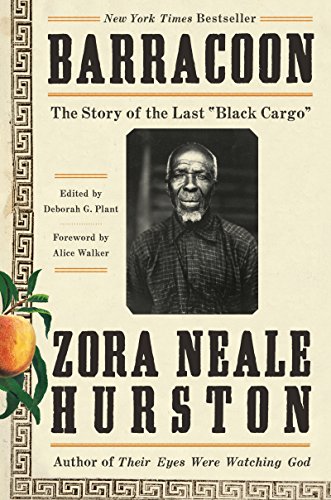The CLOTILDA STORY
The CLOTILDA STORY is a uniquely American story.
It highlights the direct connection that the horrors
of the past have to the injustices of today.
"20 and odd” captive Africans arrive at Point Comfort in Jamestown, Virginia and are sold in the British North American colonies.
Their arrival marked a new chapter in the long history of the trans-Atlantic slave trade which began in the 1500s and laid the foundation for what would become the institution of slavery in the United States.
A new system of enslavement - chattel slavery - based on race and class was introduced and would last for the next 250 years. It’s estimated that 12.5 million women, men and children of African descent were forced into the trans-Atlantic trade.
Congress implements the Act Prohibiting Importation of Slaves, which ends the U.S.’s legal involvement in the International Slave Trade.
The ban on importing captive humans spurred the forced migration of over 1 million enslaved people who were already living in the United States to Southern states (domestic slave trade).
During this process, enslaved people were often separated from their loved ones.
Others were just children.

Across the Atlantic, a wealthy businessman, Timothy Meaher, made a bet that he could illegally kidnap and ship Africans from Africa to Mobile, Alabama without being detected by federal officials. Meaher then financed a $35,000 voyage of the Clotilda ($1.3 million in today’s money) to the Kingdom of Dahomey, present-day Benin.

The Clotilda, commanded by Captain William Foster, set sail carrying 110 kidnapped Africans from the port of Ouidah and, 60 days later, arrived in Mobile. The Africans disembarked and were hidden on a plantation while the captain set fire to the ship to destroy evidence of the crime.

Source: The Tarborough Southerner, 14 Jul 1860
Unable to afford a return home to Africa, a group of Clotilda survivors purchased land in Plateau, a few miles north of Mobile. They named their new freedom colony, Africatown.
They built houses, farms, a school, church, and a cemetery, and formed a community with other newly freed people in the area.
Nearly sixty years after Emancipation, author and anthropologist Zora Neale Hurston interviewed Clotilda Survivor and one of Africatown founders, Cudjoe (Kazoola) Lewis. He shared about his life in Africa, surviving the Clotida voyage, and life in Alabama during and after enslavement.

Black and White Photo of Kazoola. Source: Historic Sketches of the South (New York: Knickerbocker Press, 1914)

Source: Crear family & Dr. Hannah Durkin


Source: HarperCollins Publishers, 2018
Many descendants of the Clotilda survivors
still reside in Africatown.
They stand in the truth of their history with resilience — despite facing social, economic, and environmental injustices perpetuated by systemic racism.
Today, as Africatown gains recognition for its importance in American history, local organizations are working to ensure that the legacy of their ancestors is preserved and documented.
Only by understanding the truth about our past can we begin to work towards a more equitable future.







